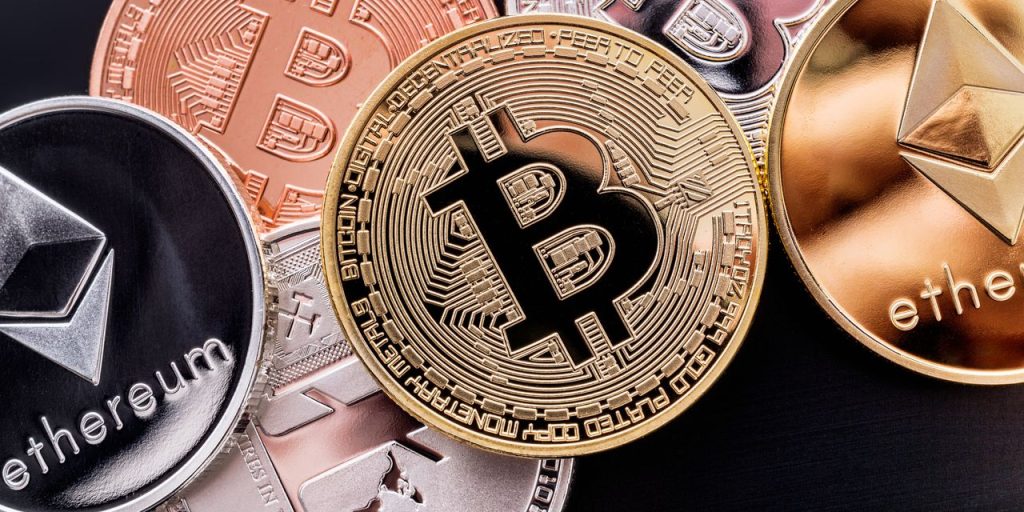While interest rates set by the Federal Reserve, and even internet memes, can be drivers of cryptocurrency prices, there are four forces that really move
Bitcoin
and differentiate it from traditional financial assets, according to analysis by S&P Global Ratings.
In the short term, macroeconomic forces like Fed decisions and economic indicators that influence monetary policy—like inflation data or the monthly U.S. jobs report—can be seen to move Bitcoin just like the
Dow Jones Industrial Average
and
S&P 500.
More broadly, forces behind crypto prices are more complex, according to a team led by Cristina Polizu, a managing director at S&P Global.
“Bull and bear runs in the crypto market have both coincided with periods of ultraloose monetary policy and of significant tightening,” Polizu’s team wrote in a recent report, but noted that “while the recent rapid increase in interest rates could have a negative impact on crypto markets, idiosyncratic factors also seem to play a large role.”
For one, there’s the U.S. dollar, which S&P noted “has been generally inversely correlated with prices of crypto assets.” That said, the strength of the dollar itself tends to be tied to interest rates, strengthening to a 20-year high in 2022 amid the biggest rate-hike cycle in a generation, so this may not be a completely independent factor.
There’s also volatility. Polizu’s team said that crypto markets appear to perform strongly during periods of low volatility, and perform less well during high volatility. Amid market selloffs, Bitcoin often leads declines as traders flee the riskiest assets first. But that still doesn’t get to the heart of the matter.
In all, “prices seem to be less affected by macroeconomic factors than prices of more traditional financial assets,” said the team at S&P. “Key drivers for crypto assets include market confidence, adoption, technology and liquidity conditions.”
That puts them in contrast to traditional financial assets, like stocks, which the analysts said are strongly influenced by macroeconomic drivers like interest rates and inflation, alongside operating profits of companies and wider changes in monetary policy.
This difference may not last forever, especially as the macro backdrop looms large in 2023 with global recession risks, with even the institutional adoption of digital assets—long awaited by crypto traders as a bullish sign—likely to change things.
“Crypto assets are not exempt from the effect of macroeconomic changes, even if performance is also powered by other drivers such as technology and market sentiment,” said Polizu’s team. “The market’s relationship with macroeconomic indicators may become stronger—and more in line with that of traditional financial assets—as more institutional investors turn to crypto.”
Write to Jack Denton at [email protected]
Read the full article here
